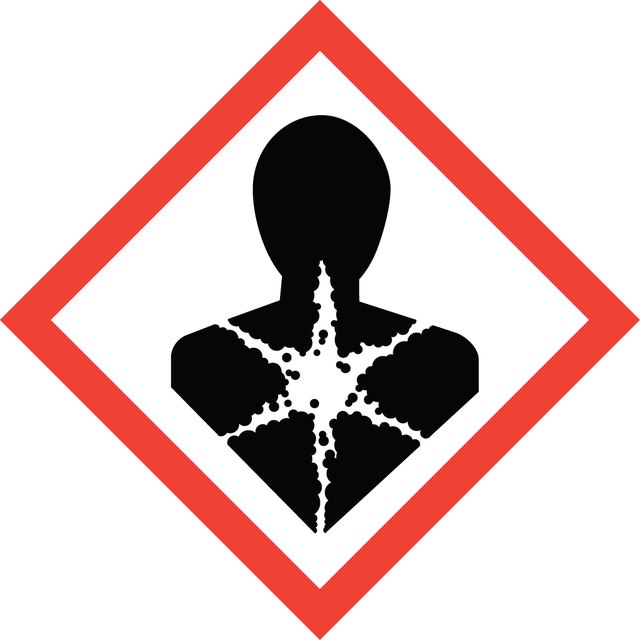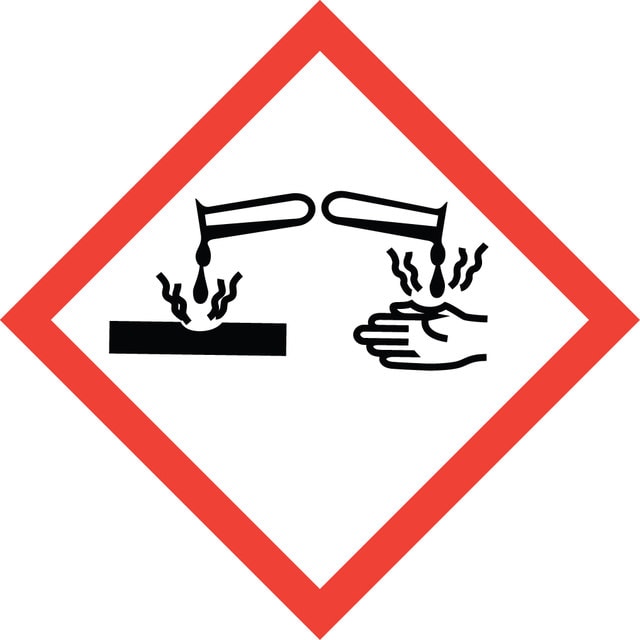MAK289
Purine Nucleoside Phosphorylase Activity Assay Kit (Colorimetric)
sufficient for 100 colorimetric tests
Sign Into View Organizational & Contract Pricing
Select a Size
About This Item
UNSPSC Code:
12352200
NACRES:
NA.25
detection method
colorimetric
relevant disease(s)
neurological disorders; immunological diseases; hematological disorder
storage temp.
−20°C
General description
Purine nucleoside phosphorylase (PNP) (E.C. 2.4.2.1.) is an enzyme involved in purine metabolism and it catalyzes the cleavage of the glycosidic bond of ribo- or deoxyribonucleosides, in the presence of inorganic phosphate as a second substrate, to generate the purine base and ribose-1-phosphate or deoxyribose-1-phosphate. It is one of the enzymes of the nucleotide salvage pathways that allow the cell to produce nucleotide monophosphates when the de novo synthesis pathway has been interrupted or is non-existent (as is the case in the brain). PNP is a cytosolic enzyme.
Application
Suitable for the detection of Purine Nucleoside Phosphorylase activity in cell and tissue lysate or purified recombinant protein.
Biochem/physiol Actions
In this Purine Nucleoside Phosphorylase Activity Assay, hypoxanthine formed by the breakdown of inosine is further converted to uric acid using a developer. The uric acid is measured at a wavelength of 293 nm. Limit of quantification is 0.1μU recombinant purine nucleoside phosphorylase.
Signal Word
Danger
Hazard Statements
Precautionary Statements
Hazard Classifications
Acute Tox. 4 Dermal - Aquatic Chronic 3 - Eye Dam. 1 - Met. Corr. 1 - Repr. 2 - Resp. Sens. 1 - Skin Corr. 1B - Skin Sens. 1
Storage Class Code
8A - Combustible corrosive hazardous materials
Flash Point(F)
Not applicable
Flash Point(C)
Not applicable
Regulatory Information
监管及禁止进口产品
This item has
Choose from one of the most recent versions:
Already Own This Product?
Find documentation for the products that you have recently purchased in the Document Library.
Related Content
Instructions
Our team of scientists has experience in all areas of research including Life Science, Material Science, Chemical Synthesis, Chromatography, Analytical and many others.
Contact Technical Service

